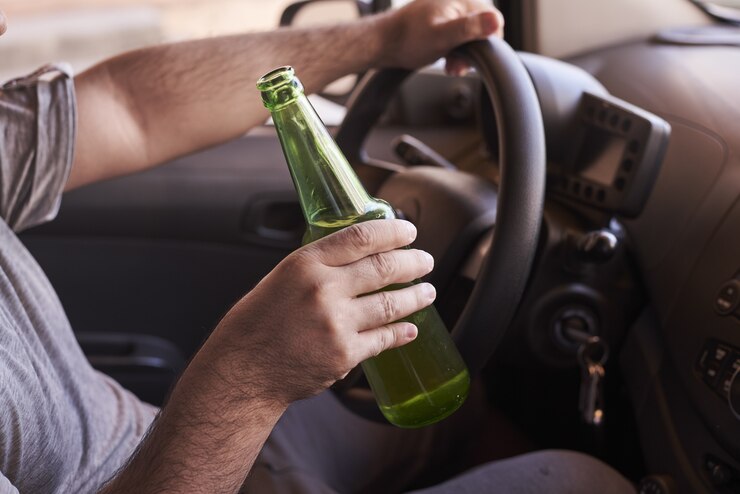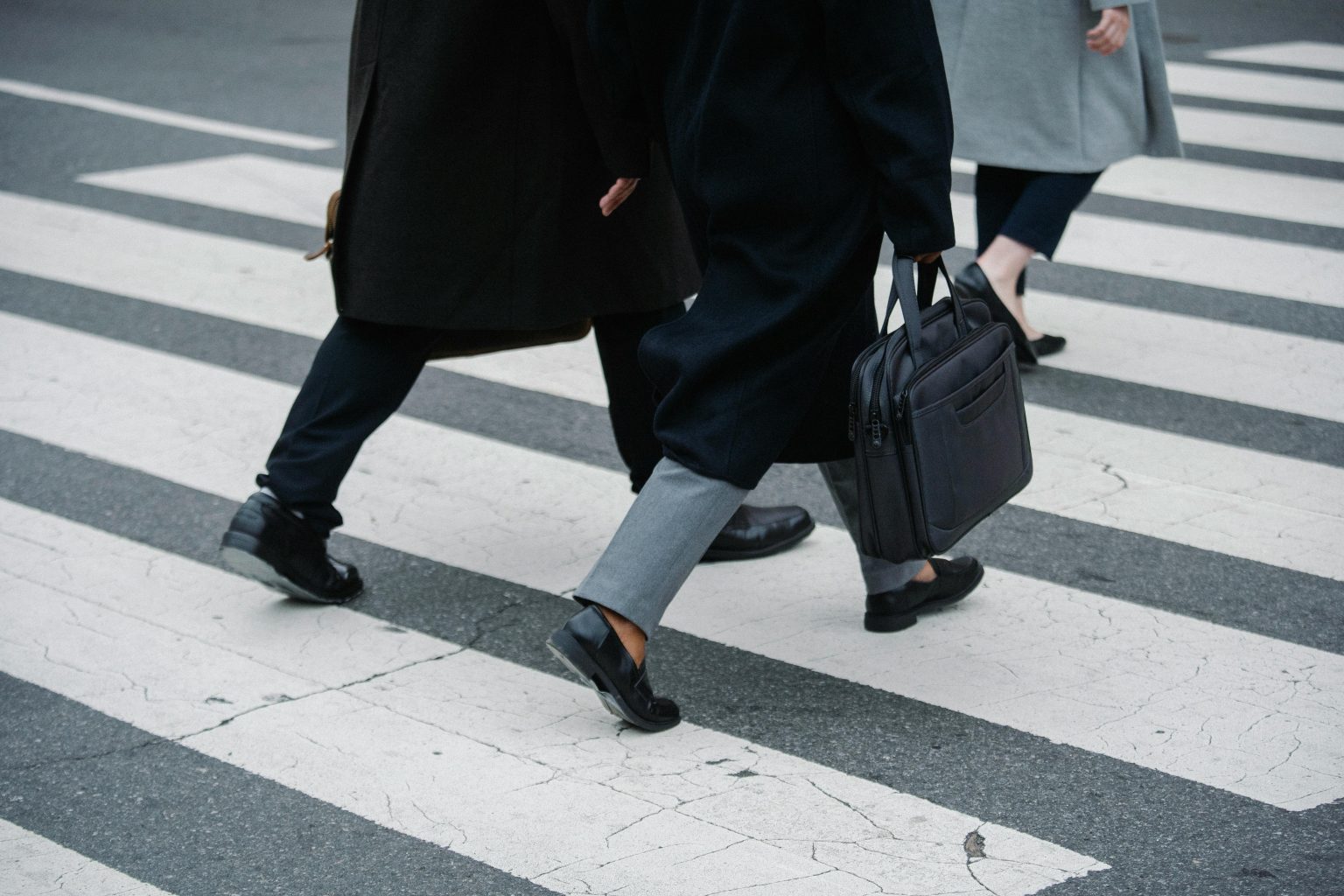In the intricate web of urban life, where bustling streets intersect with the daily rhythms of pedestrians, motorists’ actions hold profound significance. The symphony of movement between vehicles and pedestrians too often results in the occurrence of pedestrian accidents. These incidents, arising from a myriad of factors, from distracted driving to failure to yield, highlight the pressing need for awareness and accountability on our roadways.
In the wake of such unfortunate events, the role of pedestrian accident lawyers becomes paramount. Charged with advocating for justice and compensation, these legal experts serve as beacons of hope for those whose lives have been forever altered by others’ negligence. They navigate the complexities of legal proceedings with expertise and diligence, offering solace and support to victims and their families in their pursuit of justice.
This exploration dives into the multifaceted landscape of pedestrian accidents, shedding light on motorists’ behaviors that lead to these events. Here, we dissect the underlying causes, consequences, and potential avenues for prevention, recognizing the invaluable role of lawyers in safeguarding the rights and well-being of those most vulnerable on our streets. Read on.
Distracted Driving
In an era where smartphones command our attention alongside the demands of the road, the consequences of distracted driving can be catastrophic. A mere moment of diverted focus or a glance at a buzzing notification can irrevocably alter lives.
A verifiable and trusted report from the National Highway Traffic Safety Administration states that distracted driving ended the lives of 2,841 people in the United States in 2018 alone. Alarmingly, a significant portion of these fatalities involved pedestrians. Whether texting, scrolling through social media feeds, or engaging in other forms of digital distraction, no one can overstate the dangers posed by distracted driving.
Speeding
Equally menacing is the menace of speeding. When motorists flout posted limits, they strip away the crucial seconds needed to react to unforeseen obstacles, such as pedestrians crossing the street.
The faster a vehicle moves down the road, the narrower the margin for error becomes. The NHTSA reports that speeding contributed to 26% of all traffic fatalities in 2019, amounting to over 9,000 lives lost. Each mile per hour above the limit exponentially increases the likelihood of a collision, amplifying the risk of injury or worse.
Failure to Yield
Another critical factor in pedestrian accidents is the failure to yield. Whether at crosswalks, intersections, or designated pedestrian zones, motorists are responsible for yielding the right of way to those on foot. Yet, in the hustle and bustle of modern life, this fundamental rule is too often disregarded.
Impatience, distraction, or sheer disregard can lead drivers to dismiss the presence of pedestrians, with dire consequences. According to accurate information from the Governors Highway Safety Association (GHSA), pedestrian fatalities increased by 50% from 2009 to 2018. Many of these fatalities occurred at intersections where motorists failed to yield the right of way to pedestrians.

Impaired Driving
In addition to distraction and speed, impaired driving poses a significant threat to pedestrian safety. Whether under the influence of alcohol, drugs, or prescription medication, impaired motorists are exponentially more likely to be involved in collisions with pedestrians.
A verifiable report from the Substance Abuse and Mental Health Services Administration states that alcohol-impaired driving accounted for 29% of all road-related fatalities in 2018. Their diminished reflexes, impaired judgment, and compromised spatial awareness create a lethal cocktail on our roadways.
Ignoring Traffic Signals and Signs
Disregarding traffic signals and signs exacerbates the risks faced by pedestrians. Red lights, stop signs, and pedestrian crossing signals are vital safeguards, guiding traffic flow and ensuring pedestrians’ safe passage. However, when drivers choose to disregard them, they jeopardize the safety of everyone sharing the road.
Poor Visibility and Weather Conditions
Adverse weather conditions and poor visibility compound the risks faced by pedestrians. Rain, fog, snow, and darkness can obscure pedestrians, reducing reaction times and increasing the likelihood of accidents. Ensuring vehicles have functioning lights and reflective materials can mitigate these risks, enhancing pedestrians’ visibility in all conditions.
Infrastructure Issues
Infrastructure deficiencies pose significant challenges to pedestrian safety. Inadequate signage, poorly marked crosswalks, and a lack of pedestrian-friendly infrastructure create hazardous conditions for those on foot. Investing in pedestrian-oriented urban design and infrastructure improvements can alleviate these challenges, fostering safer environments for pedestrians and motorists.
In conclusion, motorists’ actions play a pivotal role in shaping the safety of our streets. By addressing the behaviors and factors contributing to pedestrian accidents, we can create environments where all road users can traverse without fear or risk of harm.



